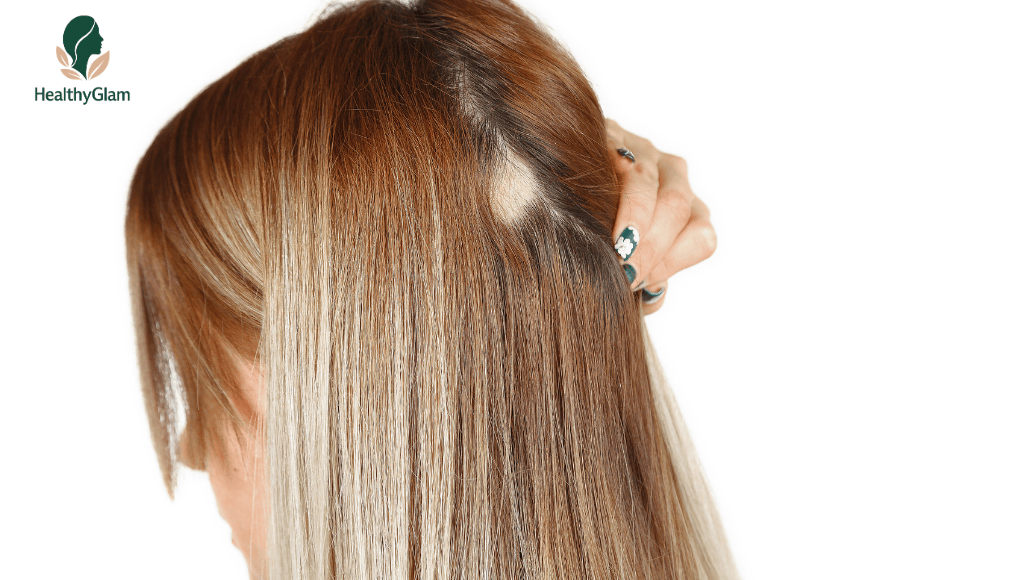Alopecia Areata is an autoimmune disorder characterized by sudden hair loss in round patches on the scalp and other parts of the body. This condition affects individuals of all ages and genders, often leading to psychological distress due to its unpredictable nature. Understanding the underlying causes, recognizing the symptoms, and exploring effective treatments can empower those affected to manage the condition more effectively.
What is Alopecia Areata?
Alopecia Areata occurs when the immune system mistakenly attacks hair follicles, leading to hair loss. The extent of hair loss varies among individuals, ranging from small patches to complete loss of hair on the scalp or body. The condition is non-contagious and can develop suddenly, with hair often regrowing spontaneously, although recurrence is common.
Causes of Alopecia Areata
- Genetic Predisposition: A family history of autoimmune diseases may increase susceptibility.
- Autoimmune Response: The immune system targets hair follicles, mistaking them for foreign invaders.
- Environmental Triggers: Stress, viral infections, or other environmental factors may trigger the onset.
Symptoms and Signs
- Patchy Hair Loss: Sudden loss of hair in round or oval patches on the scalp or body.
- Tingling or Itching: Some individuals experience discomfort in affected areas.
- Nail Changes: Pitting or ridging of the nails may occur.
- Exclamation Mark Hairs: Short hairs that taper at the base, often seen at the edges of bald patches.
Types of Alopecia Areata
- Alopecia Areata (Patchy): The most common form, characterized by one or more coin-sized hairless patches.
- Alopecia Totalis: Complete loss of hair on the scalp.
- Alopecia Universalis: Total loss of hair on the scalp and body.
- Diffuse Alopecia Areata: Sudden thinning of hair rather than distinct patches.
- Ophiasis Alopecia: Hair loss in a band shape around the sides and lower back of the scalp.
Diagnosis
- Medical History Review: Assessing personal and family history of autoimmune diseases.
- Physical Examination: Evaluating the pattern and extent of hair loss.
- Scalp Biopsy: In some cases, a small sample of scalp skin is examined to rule out other conditions.
- Blood Tests: To detect underlying autoimmune disorders.
Conventional Treatments
While there is no definitive cure for Alopecia Areata, several treatments can promote hair regrowth:
1. Corticosteroids
- Topical Applications: Creams or ointments applied to affected areas.
- Injections: Directly into the scalp for localized hair loss.
- Oral Tablets: For more extensive cases.
2. Topical Immunotherapy
Chemicals like diphencyprone (DPCP) applied to the scalp to provoke an allergic reaction, stimulating hair growth.
3. Minoxidil (Rogaine)
Over-the-counter medication that may promote hair growth in some individuals.
4. Anthralin
A synthetic substance that alters immune function in the affected skin.
5. Janus Kinase (JAK) Inhibitors
Newer oral medications like tofacitinib and ruxolitinib show promise in treating severe cases.
Natural Remedies and Lifestyle Changes
Incorporating natural remedies and lifestyle adjustments may support hair regrowth:
1. Balanced Diet
- Iron: Found in leafy greens and legumes.
- Zinc: Present in nuts and seeds.
- Biotin: Available in eggs and whole grains.
2. Essential Oils
Applying oils like rosemary, lavender, and peppermint may stimulate hair follicles.
3. Scalp Massage
Regular massage increases blood flow to the scalp, promoting hair growth.
4. Stress Management
Practices like yoga, meditation, and deep-breathing exercises can reduce stress, a known trigger for Alopecia Areata.
5. Acupuncture
Some studies suggest acupuncture may help by improving blood circulation and reducing inflammation.
Coping and Support
Living with Alopecia Areata can be emotionally challenging. Seeking support from friends, family, or support groups can provide comfort. Counseling or therapy may also be beneficial in managing the psychological impact.
Conclusion
Alopecia Areata is a complex condition with varying degrees of hair loss. While treatments are available to promote hair regrowth, responses vary among individuals. Combining medical treatments with natural remedies and lifestyle changes may offer the best outcomes. Consulting with healthcare professionals is essential to develop a personalized treatment plan.
Note: This article is for informational purposes only and does not constitute medical advice. Always consult with a healthcare provider for medical guidance.




